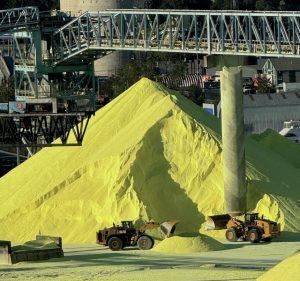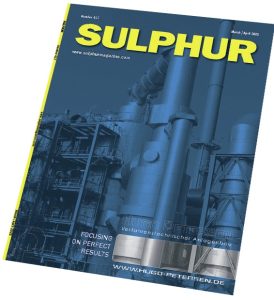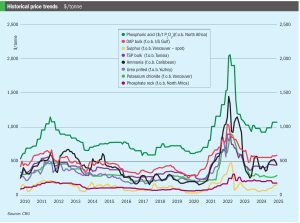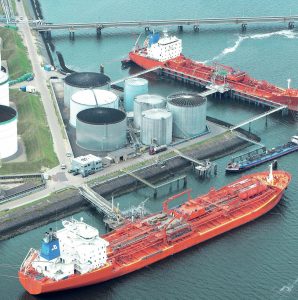
NextChem awarded refinery SRU improvement contract
Maire Group says that its NextChem (Sustainable Technology Solutions) subsidiary has been awarded a three-year contract by Saudi Aramco Total Refining and Petrochemical (SATORP) – a joint venture between Saudi Aramco and TotalEnergies – to provide engineering and technology services related to the sulphur recovery complex of SATORP’s refinery in Jubail, Saudi Arabia. NextChem will provide process and engineering advisory services to enhance performance, support operational troubleshooting, and improve energy efficiency and the carbon footprint of the three units (sulphur recovery unit, amine regeneration unit and sour water stripper) which comprise the sulphur recovery complex. The services will also include recommendations for capital investment opportunities, design enhancements, and technology improvements.







